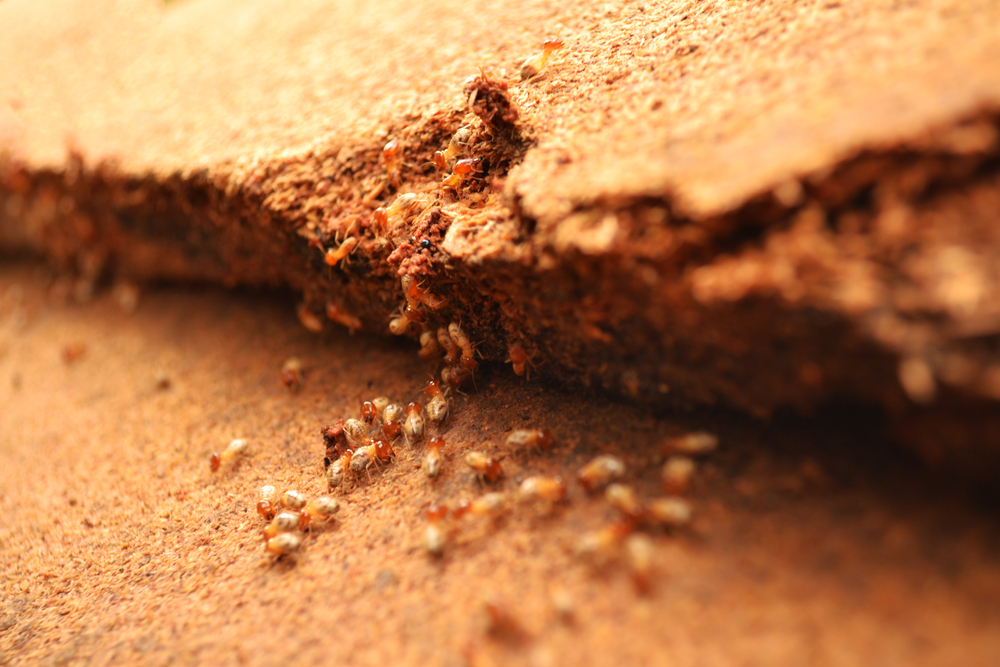This Is How Termites Will Destroy Your House
Termites are among the most important traditional wood-destroying organisms in the world, causing billions of dollars worth of structural damage every year. Termites are extremely efficient, claiming entire houses in just a few years if their activity is unchecked.
In this article, we'll explain how termites destroy your house and why it's so important to take necessary measures to protect your home from them.

What do termites eat?
Termites feed on wood, paper products, wallpaper, and other materials made from plant cellulose. As they feed on these materials they weaken the structure of your house by creating tiny holes in its foundation. This can lead to major structural problems such as sagging floors and walls, as well as an increased risk of termite infestation.
The process of destruction begins when worker termites create mud tunnels that allow access to the food sources inside your home. Once inside, termites will consume all available cellulose materials and can rapidly reproduce until an entire area has been infiltrated by their presence.
The destructive power of termite infestation doesn’t end there – they can also cause clogs or blockages in plumbing systems and air ducts due to their nests being filled with pieces of wood that accumulate over time.
Additionally, certain types of furniture made from wood may be damaged when workers gnaw them for food or shelter resources.
Signs Of Termites
Termites can cause a lot of damage to your home if they infest it. They can destroy your walls and foundation, as well as damage expensive furniture inside your home. Knowing the signs of termites can help you to identify the issue before it gets worse and prevent further damage. Let's take a closer look at what signs to look out for when you suspect termites.

Drywood Termites
Drywood termites are one of the most common types of termites, making up nearly 10 percent of all colonies in Canada, as well as 90 percent of all infestations. Drywood termites are typically found in warm climates and regions with access to food sources like lumber, paper products, and other forms of cellulose material.
Unlike other types of termites, dry wood termites do not need contact with soil or vast amounts of moisture in order to survive. They can build colonies just below the surface level if needed, which makes them difficult to detect until extensive damage has been done.
Termite control for dry wood infestations usually requires chemical treatments because these insects live inside the wood structure and have no contact with soil or other carrier liquids that could carry fumigants into their living spaces.
Spot-treating with chemical insecticide is an option but be cautioned; many states do not allow homeowners to apply pesticides themselves due to safety concerns so you should contact a licensed pest controller if spot-treating is needed.
Fumigation remains the best option for eliminating large drywood colonies effectively although it’s a more costly treatment than spot application.
How Termites Damage Your Home
Termites can quickly cause irreversible damage to your home if you are not aware of their presence. Termites feed on wood and can easily chew through the frames and furniture in your house.
They can also damage the walls and foundations of your home, weakening the structure and potentially leading to major structural damage if left unchecked. Let us take a closer look at the effects that termites can have on your home.
